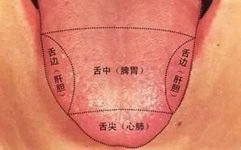Many of you may have visited a traditional Chinese medicine (TCM) practitioner, right? The TCM doctor first checks your pulse and then asks you to stick out your tongue for examination. Have you ever wondered why these TCM practitioners ask you to show your tongue? If you want to know more about this, read this article and save it for future reference. By observing your tongue daily and comparing it with the images, you can get a general idea of your health condition.
The tongue coating can reflect a person’s health status and constitution. The thickness and color of the coating can indicate various aspects of one’s health. Below, we will analyze how to learn to observe tongue coating, hoping to help you!
First, we examine the tongue in the following order: the tip, the middle, the sides, and the root; then we look at the sublingual veins, first checking their length and then their thickness. The tip of the tongue corresponds to the heart and lungs; the middle corresponds to the spleen and stomach; the sides correspond to the liver and gallbladder; and the root corresponds to the kidneys.
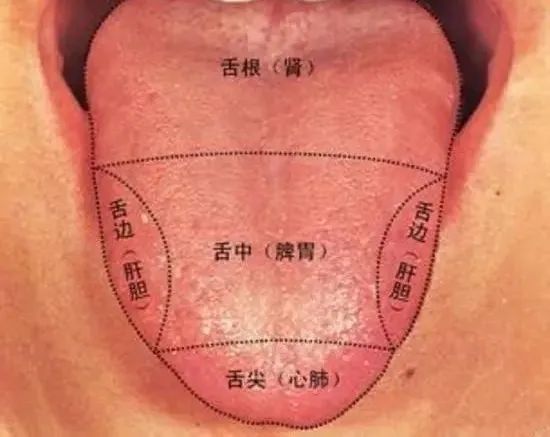
In TCM, a “light red tongue with thin white coating” represents a normal tongue appearance, indicating a balance of yin and yang. However, some people’s tongues may not appear this way and may show changes. Learning to observe your tongue can give you a rough idea of your constitution.
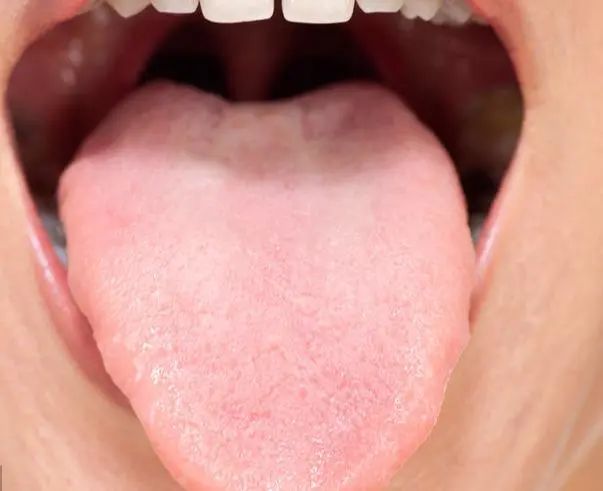
1. How to Learn to Observe Tongue Coating
1. Red Tongue Coating
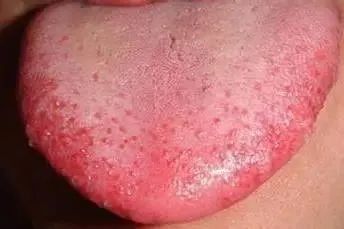
A red and greasy tongue coating indicates a deficiency of vitamin B. A lack of vitamin B can lead to anemia and other conditions. If the coating is bright and red, it suggests a deficiency of niacin, while a bright red and flat coating may indicate diabetes. A red tip of the tongue is often due to prolonged work, excessive heart fire, and a lack of vitamins or other nutrients.
2. Purple Tongue Coating
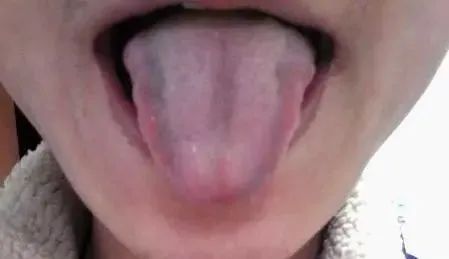
If the tongue coating appears purple or reddish, it indicates a deficiency of vitamin B2, while a bluish-purple color reflects a state of hypoxia. At this time, one should pay attention to consuming foods rich in vitamin B and spend more time in nature to absorb fresh oxygen, maintaining a cheerful mood.
3. White Tongue Coating
A white tongue coating primarily indicates an exterior syndrome or a cold condition. Individuals with a cold constitution are prone to develop a white tongue coating. For female friends, it is advisable to keep the uterus warm by consuming warming foods such as eggs, chicken soup, and mugwort.
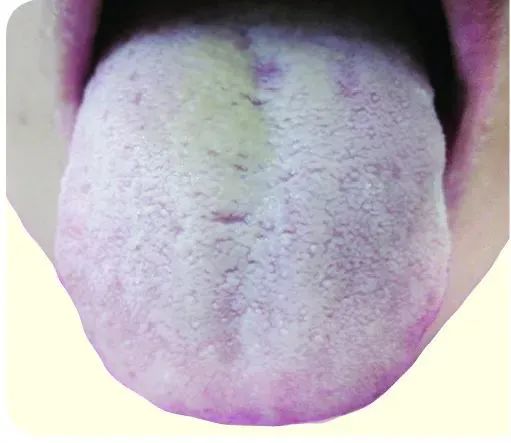
4. Yellow Tongue Coating
Yellow tongue coating is quite common and primarily indicates a heat syndrome or internal heat condition. The deeper the yellow, the more severe the pathogenic heat. Individuals with yellow tongue coating should pay attention to cooling down by consuming cooling foods to reduce internal heat.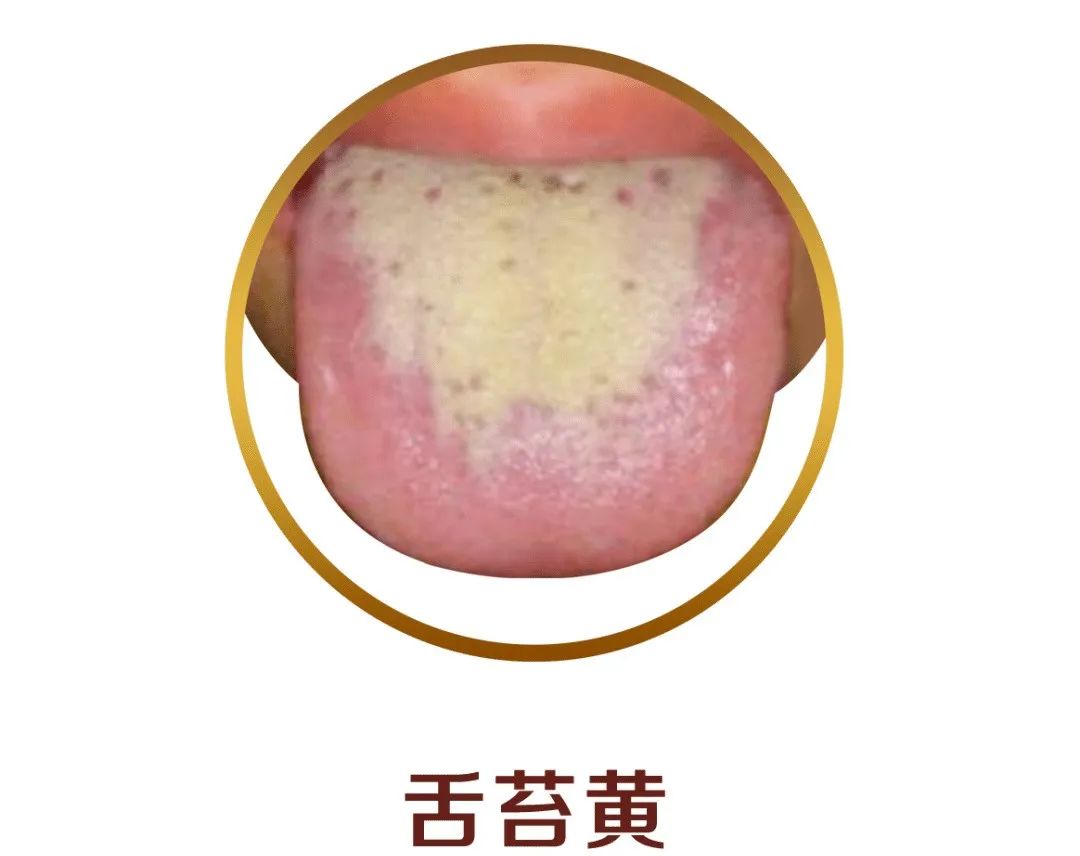
5. Gray Tongue Coating
A gray or blackish tongue coating is a sign of a heat syndrome. If the coating reaches a gray or black level, it indicates that the condition has become serious. If you notice this during self-examination, you should seek medical attention promptly to prevent further deterioration.
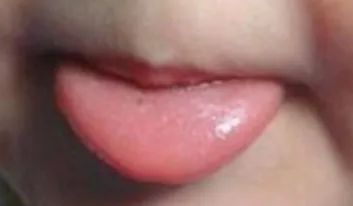
6. Furry Tongue Coating
This type of coating appears black and has a furry texture. Some people refer to this as black hairy tongue. This condition occurs when the filiform papillae on the tongue become coated with fungal filaments and keratinized epithelial cells. If this occurs, you should seek medical attention promptly.
2. What Should Be Noted When Observing the Tongue?
1. Do not observe the tongue immediately after waking up, as blood circulation and individual sleeping habits (e.g., sleeping with an open mouth) can affect the assessment.
2. You should sit or lie down facing natural light or a bright area.
3. When extending the tongue, do not exert too much force; excessive force or prolonged extension can change the tongue color, making the tip red or the overall color darker.
4. If you have eaten oranges or other foods that can stain the tongue, do not observe the tongue.
5. If you have consumed spicy foods that cause the edges of the tongue to turn red, do not observe the tongue.
The above are some common types of tongue coatings summarized for you. Of course, TCM is vast and profound, and I have shared several common tongue coatings, hoping to be helpful to everyone.


